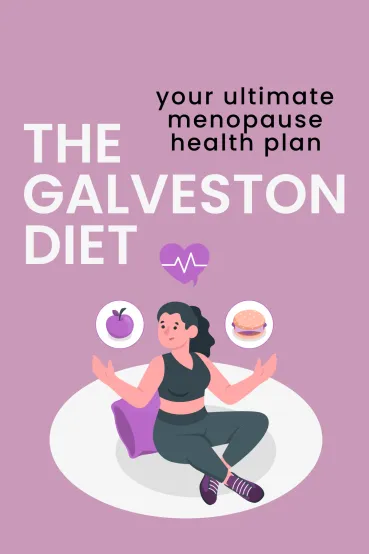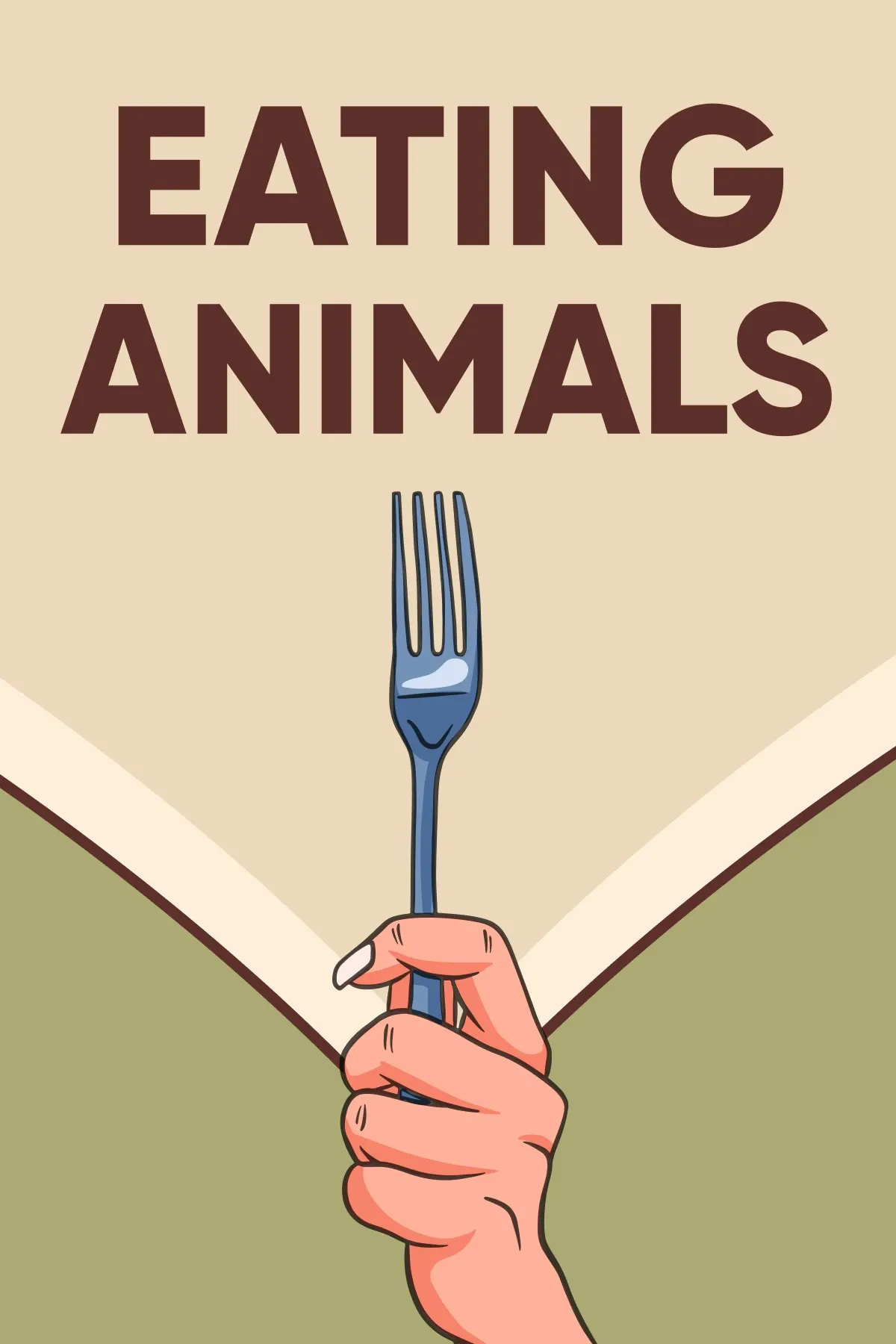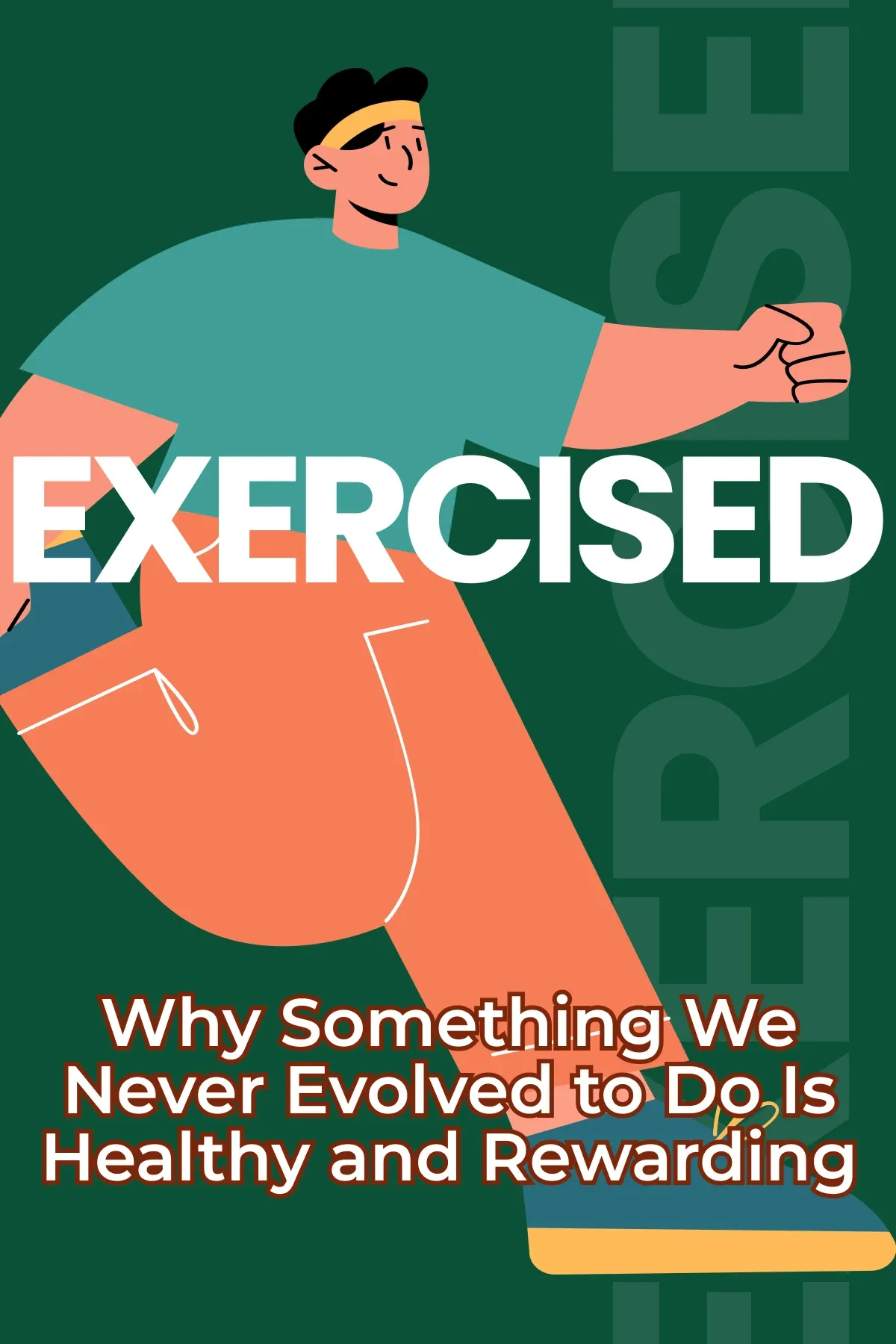
The Galveston Diet
Brief Summary
“The Galveston Diet” guides you through a unique dietary system. You will learn about fasting, good food choices, and specific nutrients to keep you healthy. The book gives a six-week meal plan, plus advice on exercising, sleeping well, and thinking about yourself.
Key points
Key idea 1 of 6
In an increasingly health-conscious world, intermittent fasting has emerged. People view it as an innovative strategy to improve overall well-being. This method offers numerous benefits. Most notably, it assists middle-aged women grappling with complex hormonal changes.
Integrating intermittent fasting into one's lifestyle isn't as daunting as it might sound. The concept is straightforward: cycle between periods of eating and fasting. One widespread implementation of this practice is the Galveston Diet. This plan advocates a 16:8 fasting approach. Essentially, this plan proposes fasting for 16 hours. Then, it encourages eating meals within the remaining eight-hour window. This typically happens from noon to 8 p.m.
However, the Galveston Diet isn't an inflexible rulebook. If the recommended 12 to 8 p.m. eating window doesn't mesh with your lifestyle, feel free to modify it. Whether you choose to start your eating window earlier is up to you. You can also extend it into the evening. The plan supports this adaptability. If the 16:8 method seems too stringent, you might find the 14:10 version more agreeable. The key is finding an approach that harmonizes with your daily routine.
It's advisable to take a measured approach. This is especially true when starting with intermittent fasting for novices. Instead of forgoing breakfast outright, consider delaying your first meal of the day. If 8 a.m. is your typical breakfast time, try pushing it back to 8:30 a.m. Gradually extend this delay. Do this until you comfortably reach your desired eating start time.
Intermittent fasting's growing acclaim isn't without substantial evidence. Researchers conducted a study in 2014. It disclosed some facts. Those who followed an intermittent fasting plan for three to 24 weeks saw changes. They saw their overall body weight drop by three to eight percent. Moreover, their waist circumference shrunk by four to seven percent. Researchers conducted a more impressive investigation in 2018. It demonstrated that type 2 diabetes patients made progress as they could discontinue their medication. This was possible after adhering to intermittent fasting for a year.
The benefits of intermittent fasting don't stop at weight loss. They also include improved diabetes management. Additional potential advantages include a reduction in inflammation. Decreased cancer and dementia risks are also potential advantages. We can observe enhancements in mood and cognitive performance as well.
The Galveston Diet suggests that the eating schedule mirrors a typical daily meal routine. This similarity reduces the likelihood of drastic lifestyle changes. Additionally, a significant portion of the fasting period overlaps with sleep. Say goodbye to late-night snacking. These subtle factors make the transition to intermittent fasting less arduous. More and more people are incorporating it into their daily lives. This is why intermittent fasting is gaining popularity.
FAQ
You may also like these summaries










